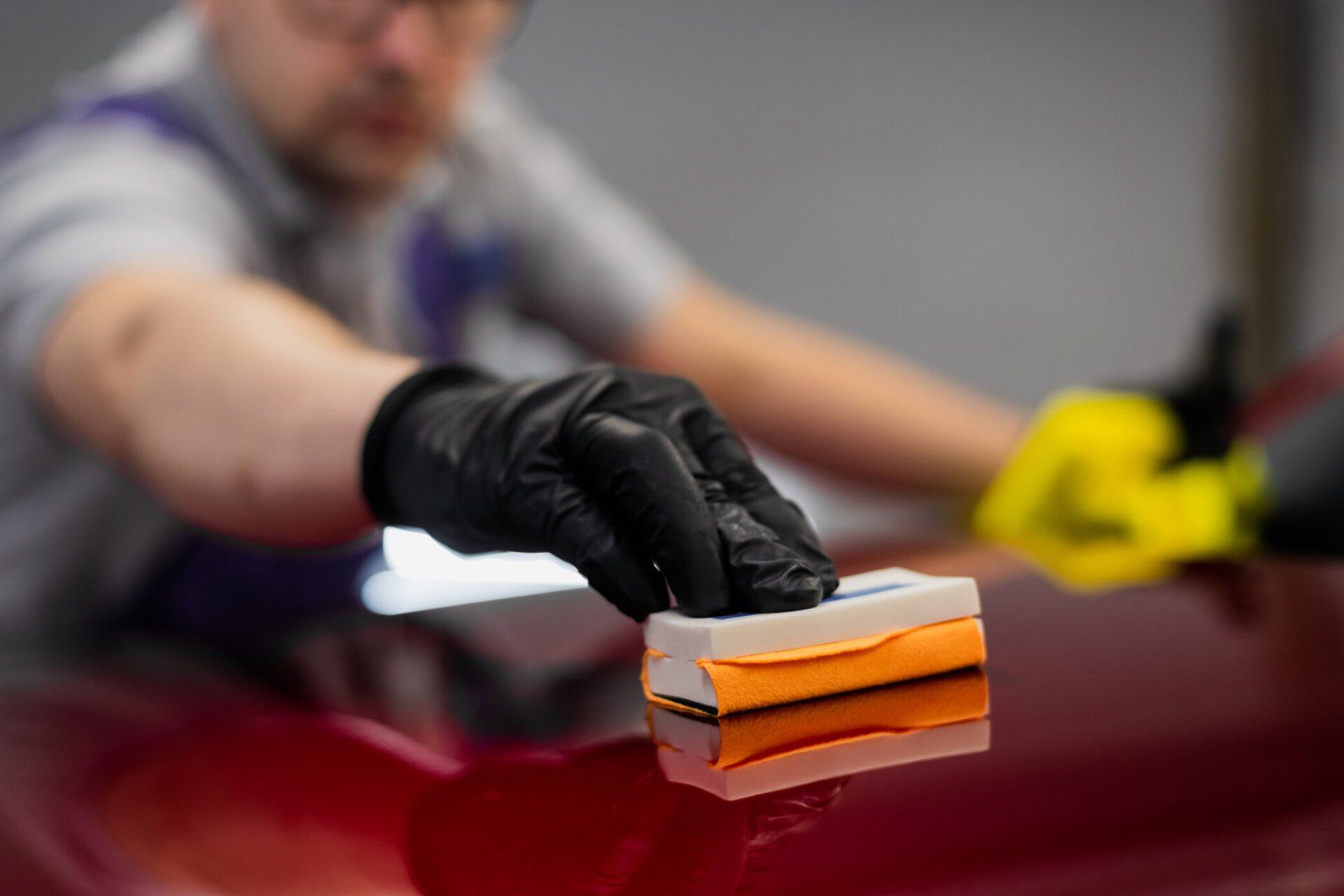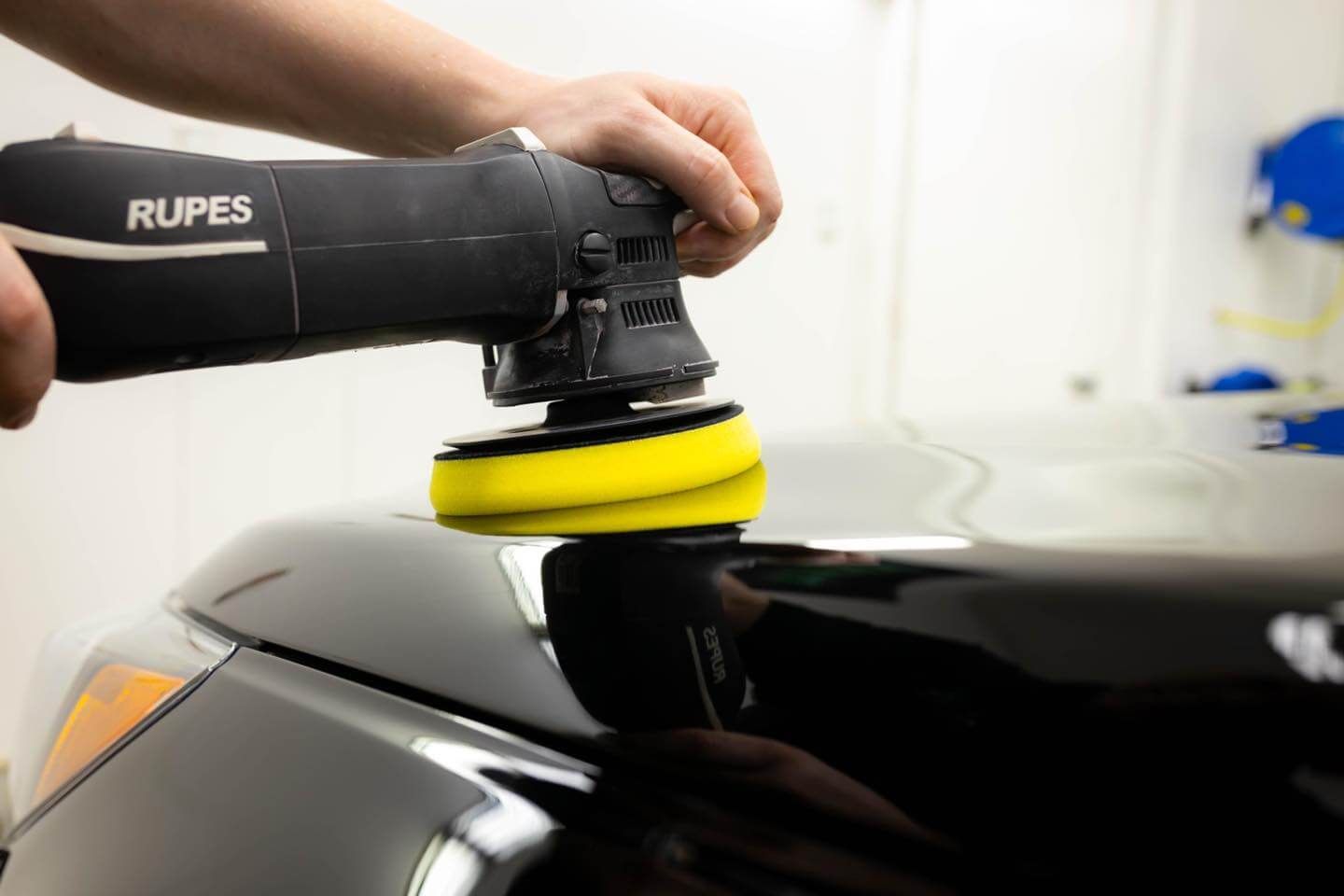Tips on How to Keep Your Car Looking New with Professional Detailing
While driving through Owatonna, MN, people can not help but stare at a recently detailed car. But there's more to that gleaming finish than just aesthetics; thorough detailing can extend your car's lifespan and preserve its value.
If you're passionate about cars and dedicated to maintaining their pristine condition,professional car detailing is exactly what you need!
An Overview of Vehicle Detailing in Owatonna, MN
Car detailing is more than just a routine task; it is an art that necessitates precision, skill, and attention to detail. Car enthusiasts in Owatonna, MN, understand the significance of maintaining their vehicle's appearance and protecting its value.
Whether it's a classic car or a modern sedan, detailing brings out the beauty and maintains that new look.
If you have a luxury SUV that has accumulated dirt, dust, and grime from everyday commuting, a skilled detailer will thoroughly clean and sanitize the vehicle’s interior.
They will meticulously scrub every surface until it looks brand new. Experienced detailers also pay attention to the outside as well as the inside of your car. In addition to detailing, these professionals protect the car's paint from road debris, UV rays, and harsh weather.
They can also assist you in having additional vehicle paint protection services like paint protection film and ceramic coatings, which can maintain the shine while adding a protective layer that lasts for years.
The Role of Local Climate When Detailing a Car
The weather in Owatonna, Minnesota, varies greatly throughout the year, with hot and humid summers and cold winters.
The local climate is important in the detailing process because it affects the condition of your vehicle as well as the longevity of the work done.
In hot and humid weather, your car is exposed to intense sunlight, which can lead to paint fading and damage.
The high humidity levels can also promote the growth of mold and mildew inside the vehicle if not properly addressed during detailing.
Professional detailers tackle these challenges by using protective coatings and specialized products that guard against UV rays and prevent moisture buildup.
On the other hand, winter brings freezing temperatures, snow, and road salt.
These elements can wreak havoc on your vehicle's exterior. Salt can corrode the paint and undercarriage, leading to rust and long-term damage.
Car detailers combat these effects by thoroughly washing away salt residues and applying sealants that provide an additional layer of protection against winter conditions.
Read Also: Surprising Benefits of Auto Detailing You Didn't Know
Step-by-Step Exterior Car Detailing Guide
Giving your car a thorough exterior detailing session not only improves its appearance but also helps maintain its value and protect it from environmental elements.
Here is a step-by-step guide to help you achieve that professional touch:
- Start by thoroughly washing your car using a high-quality car wash soap and a soft microfiber mitt. This will remove dirt, grime, and loose contaminants from the surface.
- After rinsing off the soap, use a clay bar or a clay mitt with lubricant to remove bonded contaminants like tar, tree sap, or industrial fallout. Gently glide the clay over the paintwork in straight lines, ensuring all areas are covered.
- Once the surface is smooth, apply a suitable paint sealant or wax to protect the paint and enhance its shine. Follow the manufacturer's instructions for application and curing time.
- Pay attention to other exterior components, such as wheels and tires. Clean them thoroughly using wheel cleaners and brushes designed specifically for these surfaces. Apply tire dressing to give your tires a glossy finish.
- Don't forget about glass surfaces! Use a quality glass cleaner and microfiber cloth to ensure streak-free windows and mirrors.
- Finally, address any exterior trim pieces by applying trim restorer or dressing to bring back their original luster.
By following these step-by-step instructions and using the right tools and products, you can achieve professional-level results when detailing your car's exterior.
Choosing Exterior Detailing Supplies
It is critical to select the right supplies for detailing your car's exterior for a long-lasting new look. The effectiveness and longevity of your detailing projects are highly dependent on the products you use.
Start by choosing a high-quality car shampoo that effectively removes dirt and grime without stripping away any protective wax or coatings. Look for pH-neutral formulas that are gentle on your vehicle's paintwork. Additionally, opt for a soft microfiber wash mitt or sponge to minimize scratching during the washing process.
For drying, consider using a microfiber drying towel to avoid leaving behind water spots or swirl marks.
Lastly, invest in a premium car wax or sealant to provide an added layer of protection and enhance the glossy finish of your vehicle.
Mastering the Art of Interior Detailing
Interior detailing is a crucial aspect of maintaining a clean and fresh look for your car's interior. It involves a comprehensive cleaning and restoration process that goes beyond a basic vacuum and wipe-down.
Paying close attention to detail and using the appropriate methods and products for each surface are required to become an expert interior detailer.
Understanding the specific needs of each material is critical when working with fabric upholstery, leather seats, or dashboard surfaces. Proper cleaning methods involve removing dirt, grime, and stains without causing any damage or discoloration.
This requires using appropriate cleaners and tools tailored to the specific interior surfaces.
The goal of interior detailing is not only to make your car look great but also to maintain its value and longevity. A well-detailed interior not only enhances your driving experience but also creates a comfortable and inviting space for you and your passengers.
Best Practices for Leather Conditioning and Stain Removal
Leather seats exude luxury and sophistication in any vehicle. However, without proper care, they can become prone to cracking, fading, and staining over time. That is why it is critical to understand best practices for leather conditioning and stain removal.
When it comes to conditioning leather seats, it's crucial to choose a high-quality leather conditioner suited for your specific type of leather.
Apply the conditioner evenly using a soft cloth or sponge, ensuring complete coverage. Allow the conditioner time to absorb into the leather, then gently buff any excess product using a clean cloth. For stain removal on leather seats, it's important to act quickly.
Blotting spills immediately with a clean cloth can help prevent stains from setting in. Use a leather-specific cleaner that the manufacturer or industry experts recommend for more difficult stains.
Apply the cleaner sparingly to a soft cloth or sponge and work it gently onto the stain in circular motions until the stain is lifted.
Remember to always test any new cleaning or conditioning products on a small, inconspicuous area of the leather before applying them to the entire seat. This ensures that no discoloration or damage occurs.
Choosing a Car Detailing Service in Owatonna, MN
When looking for a car detailing service in Owatonna, MN, it is critical to find one that meets your specific needs while also providing high-quality services. With so many options available, it can be difficult to choose the best one.
However, by considering a few key factors, you can ensure that you entrust your vehicle to a reputable and reliable detailing service.
Look for experience and expertise. A reputable car detailing shop will have a team of trained and skilled professionals who have extensive knowledge in the field. They should be equipped with the latest techniques and tools to deliver exceptional results.
Look into their background, read customer reviews, and inquire about their industry certifications and affiliations. Also, check for a range of services.
Each vehicle is unique and may require different levels of care. Look for a detailing shop that offers a comprehensive range of services to address your specific needs. Whether it's full detailing or interior or exterior detailing, choose a provider that can cater to all aspects of your vehicle's appearance and protection.
Another crucial aspect to consider is customer satisfaction. A good car detailing shop will prioritize customer satisfaction and go the extra mile to ensure that its clients are happy with the results. Read online reviews or ask for referrals from friends or family who have had their cars detailed.
Positive feedback and testimonials are indicators of a shop's commitment to providing excellent service.
Additionally, pricing transparency is essential. While cost should not be the sole determining factor when choosing a detailing service, it is important to understand the pricing structure and what services are included in each package. A reputable service will provide transparent pricing, clearly outlining what you can expect for your investment.
Five Star Automotive Detailing is Owatonna, Minnesota's Trusted Auto Detailer
Choosing a car detailing service requires careful consideration of experience, services offered, customer satisfaction, pricing transparency, and convenience. Our professional detailers in Owatonna take pride in their craftsmanship.
Our team at Five Star Automotive Detailing goes beyond just a basic car wash to provide meticulous care for every corner of your vehicle From thorough interior cleaning to exterior detailing and protection, we use specialized techniques and high-quality products tailored to your car's needs.
So don’t hesitate to
contact us for more information on automotive detailing or to get a free quote today!






